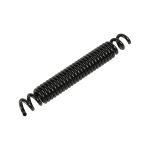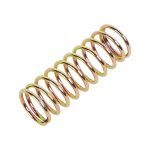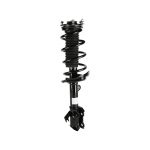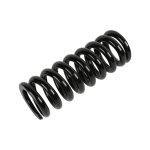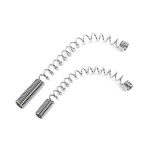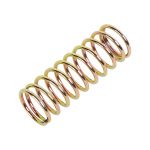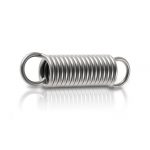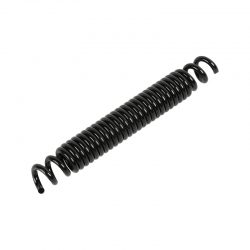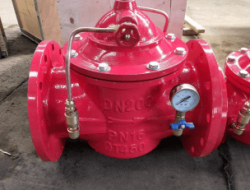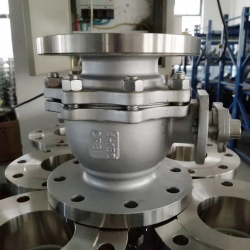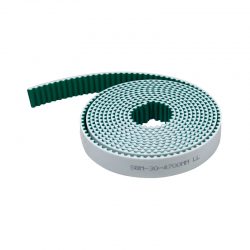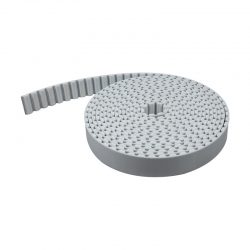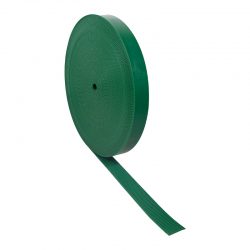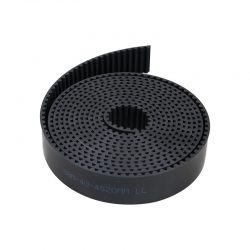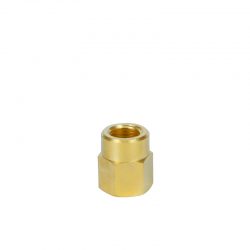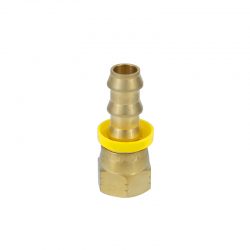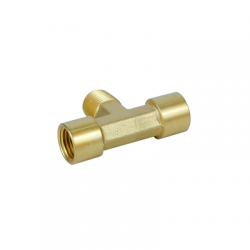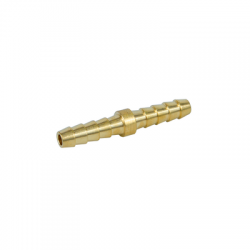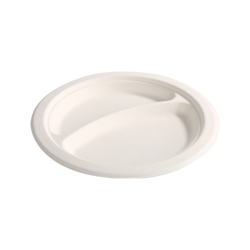Exploring the Dynamics of Shock Springs in Cars
Shock springs are integral components in the suspension system of automobiles, playing a crucial role in ensuring a smooth and controlled ride. In the realm of automotive engineering, understanding the functionality and significance of shock springs in cars is paramount.
At its core, a shock spring, also known as a coil spring, is designed to absorb and dissipate the energy generated from road irregularities, bumps, and vibrations. This absorption of energy not only enhances the comfort of passengers but also contributes to the stability and handling of the vehicle.
In the context of a car’s suspension, shock springs work in conjunction with other components such as dampers or shock absorbers to mitigate the impact of road disturbances. The synergy between these elements allows for precise control over the movement of the vehicle, ensuring optimal tire contact with the road surface and minimizing body roll during cornering.
One of the primary functions of shock springs in a car is to support the weight of the vehicle while maintaining proper ride height. By compressing and rebounding in response to varying loads and road conditions, shock springs effectively distribute weight evenly across all four wheels, thereby optimizing traction and handling.
Moreover, the selection of appropriate shock springs tailored to specific vehicle requirements is critical for achieving desired performance characteristics. Factors such as spring rate, preload, and material composition are carefully considered to strike a balance between comfort and responsiveness.
In summary, shock springs are indispensable components in modern automotive suspension systems, playing a pivotal role in shaping the ride quality, handling dynamics, and overall driving experience of a car. Their seamless integration and precise engineering elevate the performance and safety standards of vehicles on the road.

